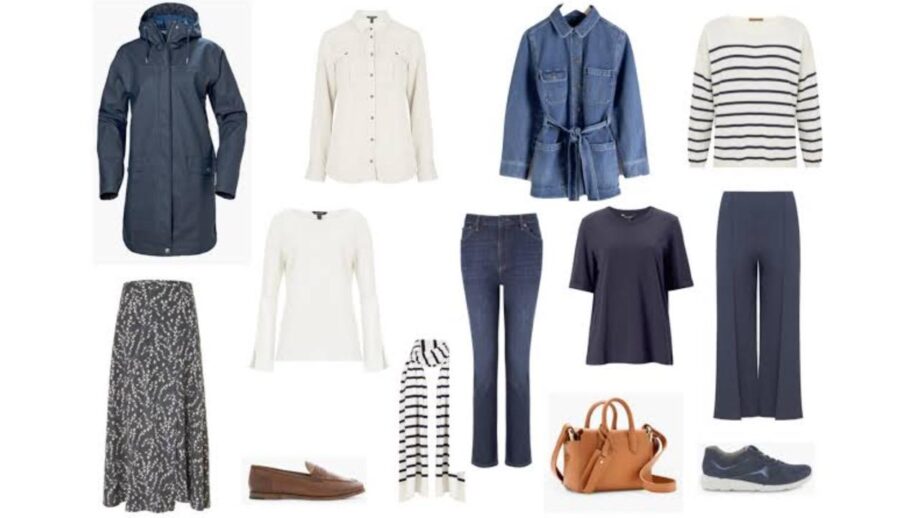Although we had amassed a disjointed collection of outfits and accessories that didn’t go together, we had always known how we wanted to appear. We cleaned out our closet of unnecessary goods and narrowed it down to functional pieces we enjoyed and wore frequently before packing for a week-long trip to Turkey. Even though it hurt, it had to be done.
Our puffy-sleeved dress went unused in our wardrobe because it never seemed appropriate for the occasion. In the past, we’d fallen into the trap of buying seasonal items just for vacations. We gave it away since it served as a reminder of money wasted. We were now resolved to carry on with our path of accountability: no more clothing!
This was my take on a capsule wardrobe, which is a compact assortment of clothes and accessories that can be combined to create ensembles that suit your personal style. Each piece earns its place on the rack in a capsule wardrobe, which is a blatant rejection of the micro-trend cycles imposed by fast-fashion brands. Less shopping means better choices, which is better for the environment and your wallet. And it works particularly well for travel.
The idea gained popularity in 1985 when American fashion designer Donna Karan introduced a seven-piece collection that, according to Vogue, could “carry a woman from day to night, workplace to party.” It is commonly thought that London boutique owner Susie Faux came up with the idea in the 1970s. This style trend is currently widespread.
To begin with, dressing in this way involves consideration and scrutiny. It’s crucial to know exactly what you enjoy and how you want to seem. By providing people with the means to identify their personal style as well as a vocabulary and structure to create their own capsule wardrobes, TikTok user and wardrobe stylist Allison Bornstein, who has worked with actress Katie Holmes, has amassed a following.
The “three-word method,” which holds that each person’s style can be summarised in three words, is one of the tenets of Bornstein’s styling methodology. Actress Dakota Johnson, for instance, uses the terms “’70s, modern, and classic,” but Carrie Bradshaw from “Sex and the City” uses the words “daring, extravagant, and mismatched.” They act as a reference and a quick check to verify if each component fits the image you’re fostering.


